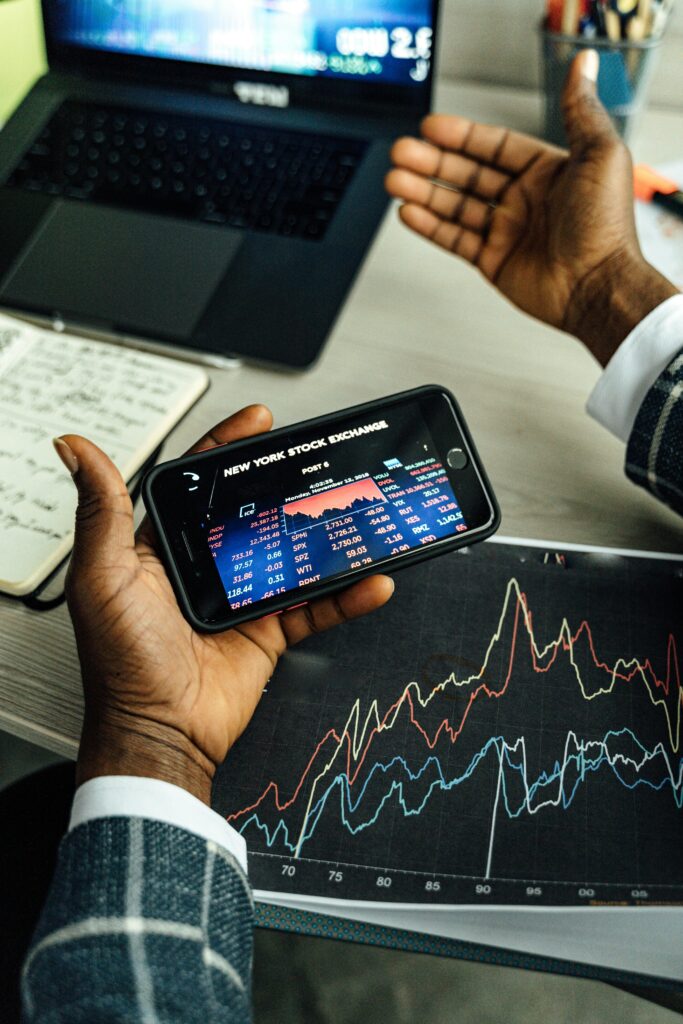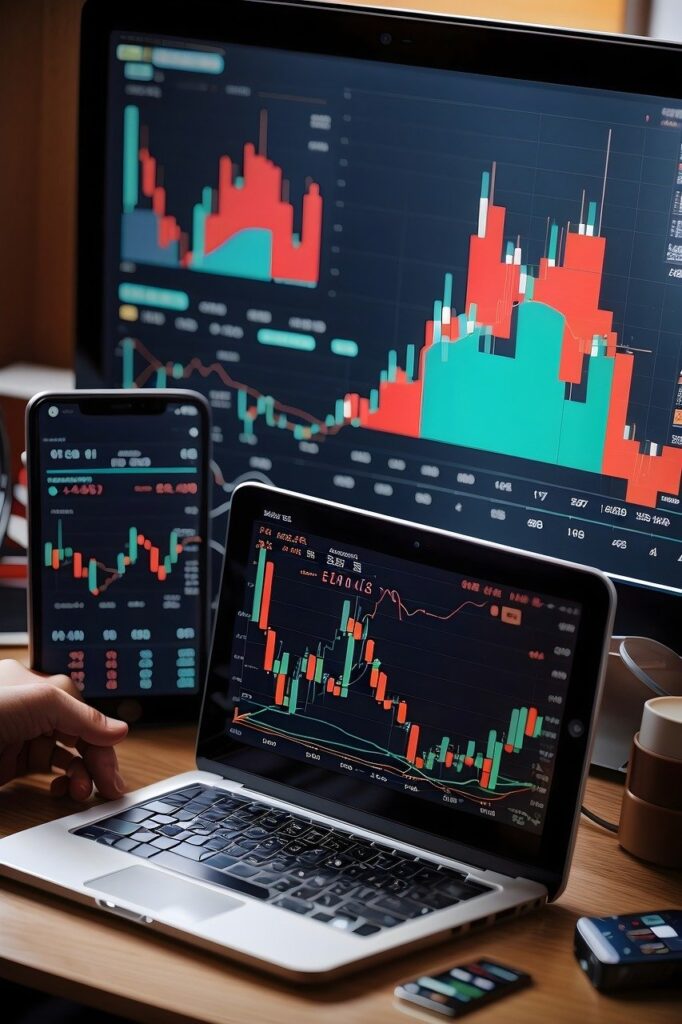Trading is the act of buying and selling financial instruments like stocks, bonds, commodities, or currencies with the aim of making a profit. Traders can operate in various financial markets such as the stock market, forex (foreign exchange) market, and commodity markets. The two primary types of trading are: Day Trading: Involves buying and selling assets within the same day. Day traders capitalize on short-term price fluctuations and typically make multiple trades throughout the day. Swing Trading: A medium-term strategy where traders hold assets for several days or weeks to benefit from price “swings” in the market. Types of Financial Instruments Traded There are a variety of instruments that traders can invest in, each with its own set of characteristics and risks. Here are some of the most common ones: Stocks: Represent ownership in a company. Traders can profit by buying shares when the price is low and selling when the price increases. Forex: The global currency exchange market where currencies like the USD, EUR, and JPY are traded. Forex trading involves exchanging one currency for another to profit from price changes. Commodities: These are raw materials such as gold, oil, wheat, and natural gas. Traders speculate on the price of these goods to earn a return. Cryptocurrencies: Digital assets like Bitcoin, Ethereum, and other altcoins have gained immense popularity in recent years, providing traders with opportunities in a highly volatile market. Options & Futures: These are financial contracts that give traders the right (in the case of options) or obligation (in the case of futures) to buy or sell an asset at a specific price in the future.



